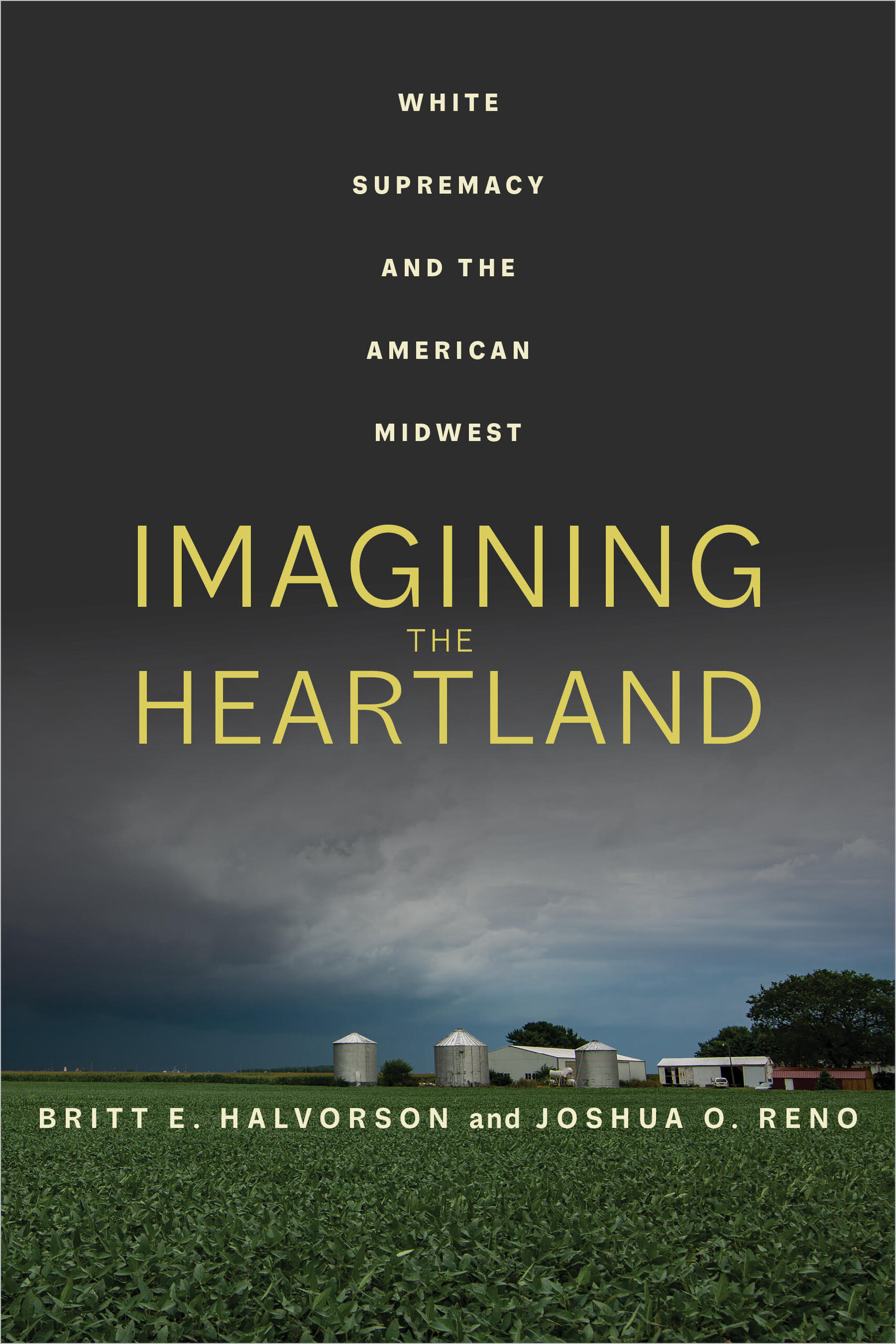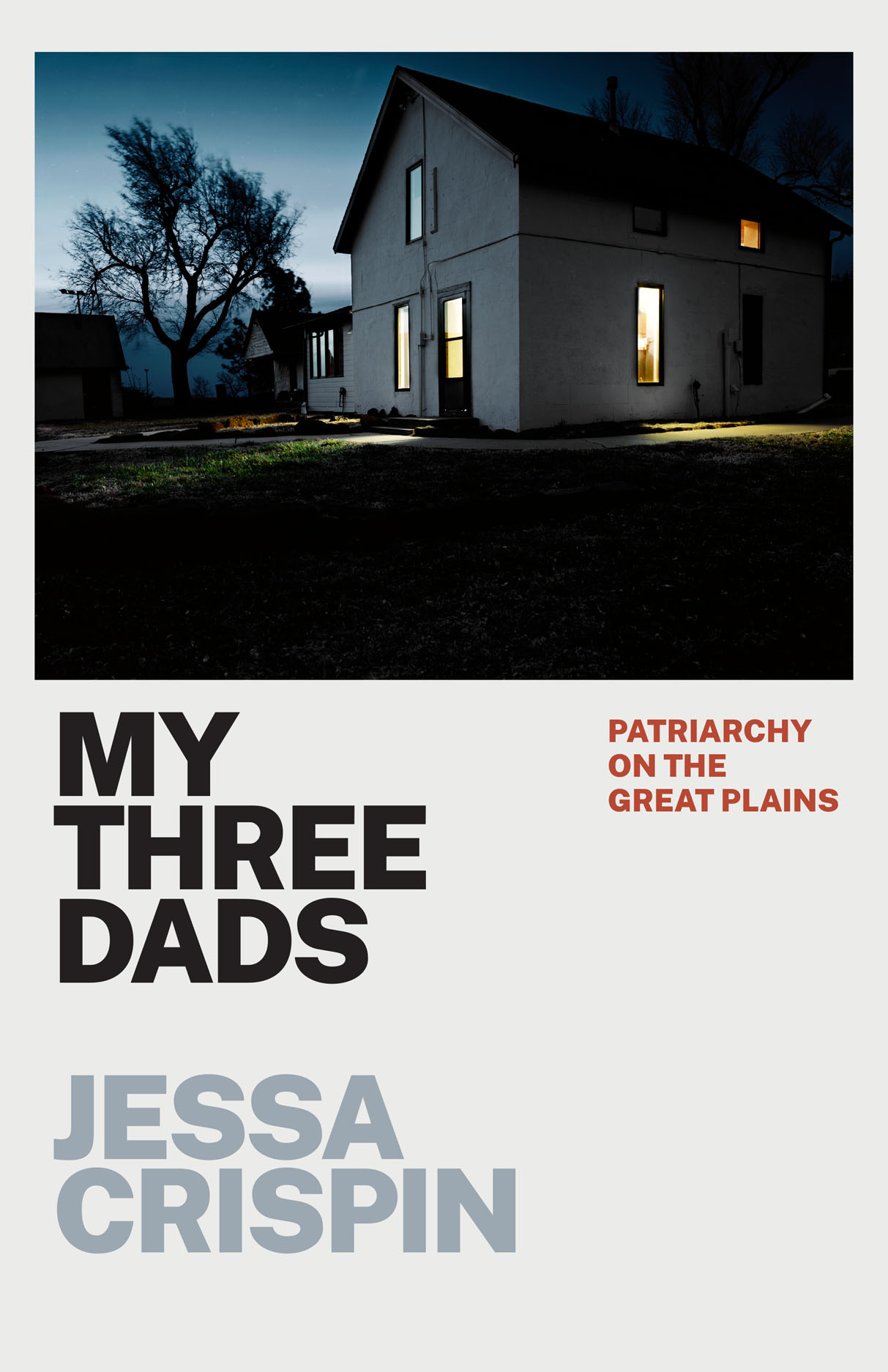John Brown, the state martyr, was also a murderer, she says, notwithstanding the righteousness of his cause. She notes that in the service of it “he made his sons into murderers” and pressured reluctant followers to kill. For this he is celebrated in Kansas, a mood best expressed in the bizarre John Steuart Curry mural Tragic Prelude, in the Topeka statehouse, the manic Brown striding electrified into the foreground, his hair standing on end and his beard trying to, Union and Confederate soldiers facing off behind him, and behind them a tornado and a raging prairie fire. In his left hand Brown holds a Bible, open to the letters alpha and omega, in his right a “Beecher’s Bible,” the breech-loading Sharps rifle used during the Bleeding Kansas era and thought by those who flourished it (as well as Henry Ward Beecher, for whom it was named) to be a weapon of moral rectitude.
Crispin first saw the mural (which was initially rejected by the legislature and never completed) on a school field trip. “He radiated madness and fury,” she writes of Brown, and she was frightened by “the pool of blood, the fire raging behind him, his mouth open in a yawp.” She reflects on recent bouts of local psychosis, including the 2009 assassination in Wichita of abortion provider Dr. George Tiller by Operation Rescue and the mania of Topeka’s Westboro Baptist Church, whose parishioners protested at his funeral.
She contemplates white nationalism and Timothy McVeigh, radicalized by a paramilitary cell in Michigan after the Branch Davidians burned at Waco, Texas, in 1993. Watching him interviewed on 60 Minutes, Crispin says, “I don’t see a dead-eyed monster. I see the guys I grew up with, the ones I was a little afraid of but went to the creek with anyway.” The bombing of the Federal Building in Oklahoma City on April 19, 1995, which killed 168 and injured at least 680 in the deadliest act of domestic terrorism ever seen in this country, may not have been attributable entirely to midwestern origins (McVeigh was from New York). But Crispin drifts between imagining that her own Kansas heartland is responsible for atrocities and recognizing that the region is, if anything, a distillation of the whole—America but more so.
What is the Midwest, after all, but a long, straight superhighway to the past, a place where suicidal farmers and homicidal cops and polite fanatics in dad pants are phantasms of the frontier’s original settlers? Grappling with the pioneer mythos, D.H. Lawrence defined the essence of those driving to the interior, far from the known world. They were men who came here “to get away—that most simple of motives…. Away from what? In the long run, away from themselves.” At their core was a cold American soul, “hard, isolate, stoic, and a killer,” and they built a country where the white men wielding the Bibles and the rifles have been getting away with murder since the very beginning.

